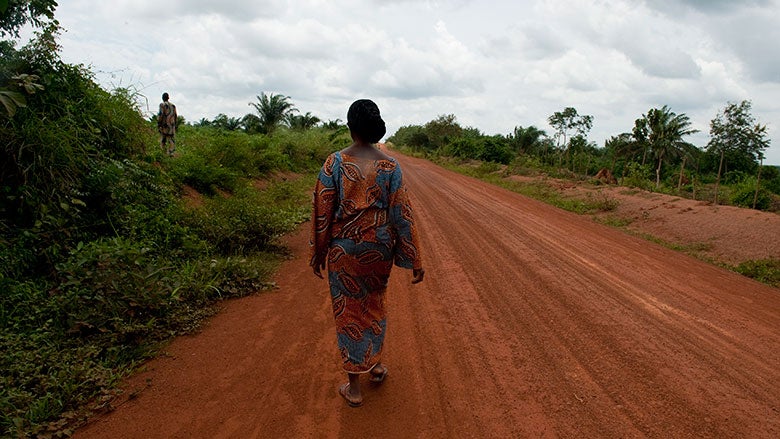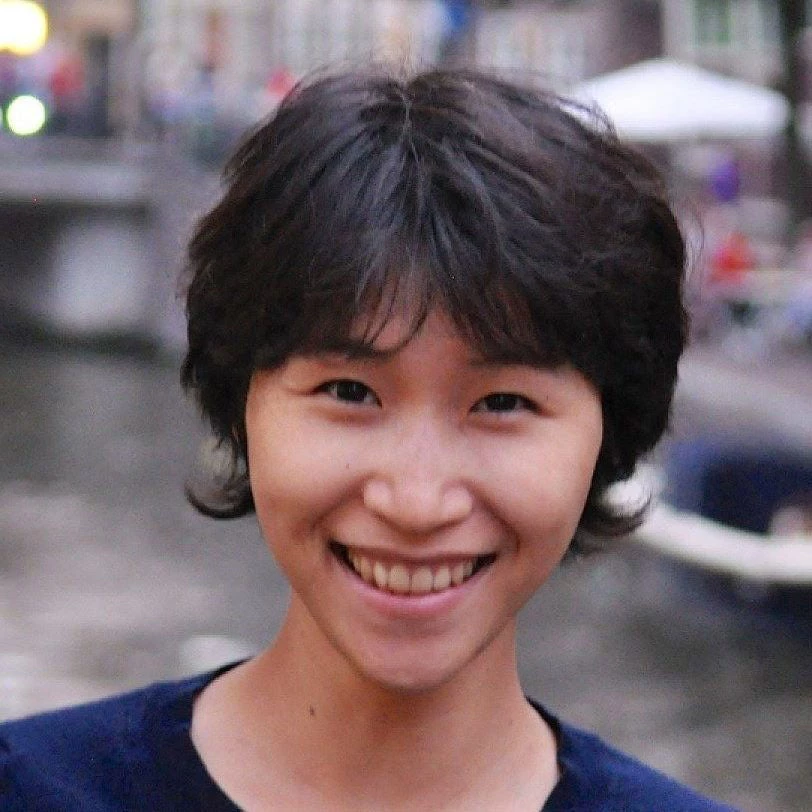
“Tell me where you live, and I can predict how well you’ll do in life.”
Does welfare vary largely across space?
Although I don’t have a crystal ball, I do know for a fact that location is an excellent predictor of one’s welfare. Indeed, a child born in Togo today is expected to live nearly 20 years less than a child born in the United States. Moreover, this child will earn a tiny fraction—less than 3%—of what his or her American counterpart will earn.
Such disparities in income and living standards within a country are just as unsettling. If we look at Benin for example, most urban inhabitants in Cotonou have access to electricity and only one in every five is poor. But for the people living in the north-western Boukombé commune, the situation is quite dire: almost everyone is poor, and there is not a single home that has electricity.
More alarmingly, our recent study on Geography of Welfare in West Africa found that geographical “pockets” of poverty exist in each country covered in the study (Benin, Burkina Faso, Cote d’Ivoire, and Togo). These pockets have high poverty rates combined with very few people per square kilometer. In such difficult to reach areas, the per-person cost of a poverty-targeted program will be extremely high. Indeed, these pockets will form the tough last mile for poverty reduction.
Why does inequality across space persist?
So, the question is really “Why?” Despite a strong push for the development agenda combined with strong economic growth, why does spatial inequality persist? How is it that some disadvantaged places, with “pockets” of poverty, might never catch up?
In our study, we tackled such difficult questions by exploring the role of three crucial elements in the economic geography literature: natural endowments such as temperature and soil quality, agglomeration economies as proxied by population density, and market access via roads and distance to more highly populated areas.
The answer, in short, is that agglomeration economies and market access are key in explaining spatial differences in welfare. If natural endowment plays any role, it is via a location’s proximity to the coast. Other agroecological characteristics such as rainfall, soil quality, and elevation do not show any strong relation to welfare.
However, the story is quite different when looking at agricultural productivity— an important point considering agriculture is a cornerstone of the economy in this sub-region. What is notable is the correlation between geography and agricultural productivity regardless of whether population density, market access, or farm inputs are taken into account. This finding implies that a region with unfavorable geographical conditions may still have lower crop yields despite investments in road and population.
What can be done?
Within-country disparities can be a potential source of tension between rich and poor areas, and may affect the country’s overall growth and political stability. So, what can we do about it? We propose four broad policy recommendations:
First, policies which support urbanization will allow more people to take advantage of economies of scale and boost economic development. But not all individuals can migrate to urban locations. Thus, second, increasing agricultural productivity via land tenure security, irrigation, and enhanced research and development (R&D) may foster food security in rural areas.
Third, to bring into the fold difficult to reach pockets of poverty, pro-poor fiscal transfers via inter-region transfers can make a difference. It is also important that local governments in disadvantaged areas use the fiscal transfers received to invest in portable assets (health and education) for its citizens so that they can join a healthy and educated workforce if they choose to migrate.
And yet many will still be missed by such policies mentioned above. Those missed will often be the vulnerable. Thus, fourth, cost-effective safety net programs such as e-vouchers and mobile transfers can effectively protect the vulnerable.



Join the Conversation